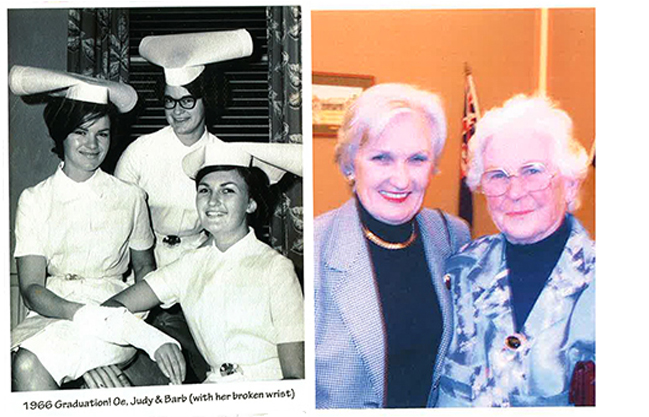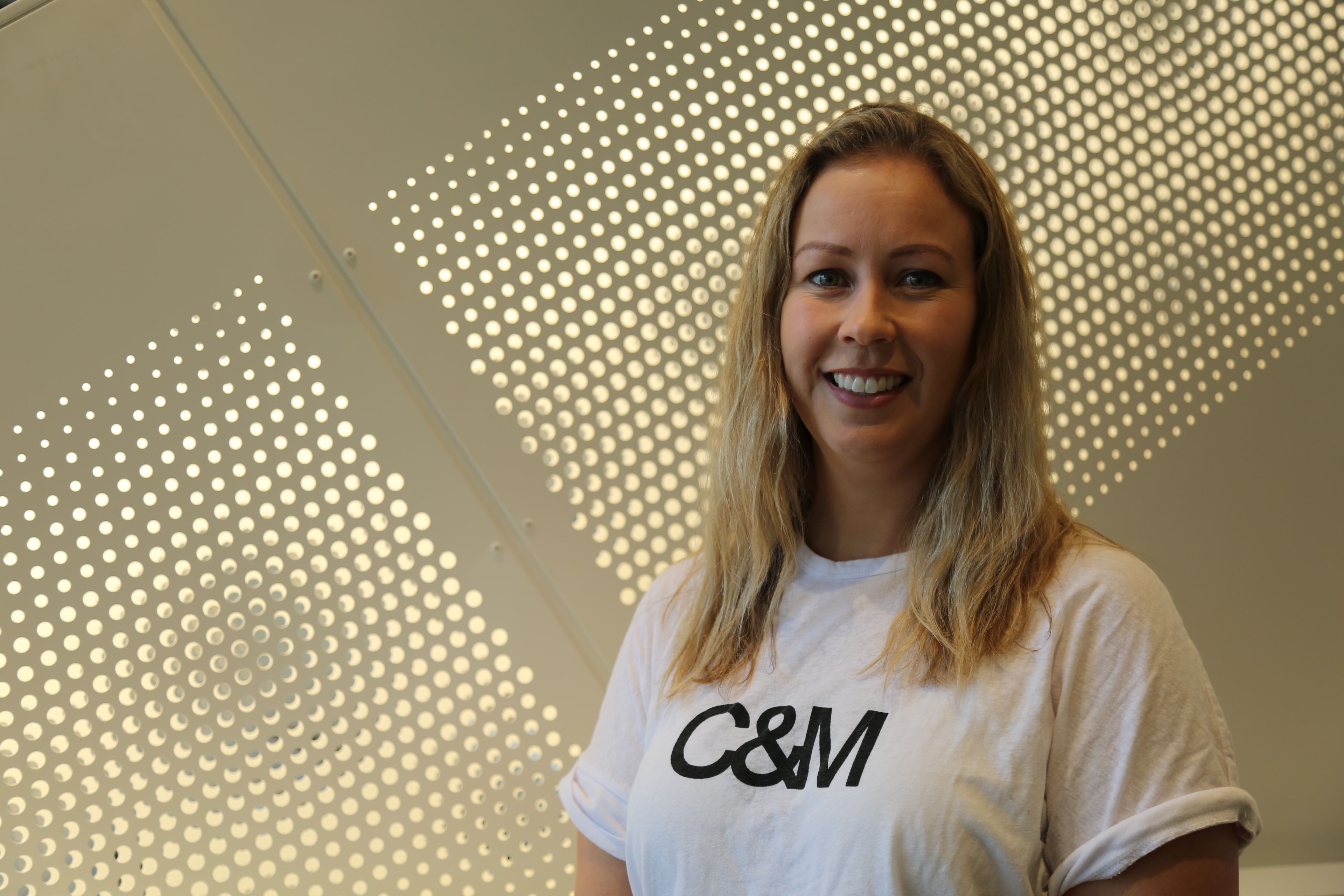
From intensive care to life as a midwife.
As a male midwife, when Ian Kenny walks into a birthing suite he sometimes gets a look from a pregnant woman that translates as: ‘Oh my god, it’s a man’.
But, he says, that look is just as likely – if not more likely – to come from her male partner.
‘I actually get one of two main responses from the fathers. One is they’ll go “Oh my god that’s a man, I’m not sure I’m happy with this”, they’ll become very protective of their partners and put up a barrier between you and them,’ Mr Kenny said.
‘Or the other response is “Oh it’s a man and he’s going to take my side in all of this” and I promise you that’s not going to happen. I’m there for the woman, I’m going to advocate for her.’
Mr Kenny has been working as a midwife at Sunshine Hospital since 2009. He was fortunate to be offered a job at a hospital which has employed male midwives for about 20 years and to be mentored by a male midwife.
‘Gary, the guy who had been a midwife there for 20 years, the women loved him. People would come in and ask for him,’ Mr Kenny said.
Nevertheless, in a recent shift, four women had turned down Mr Kenny as a midwife because he is a man. Thankfully, that was unusual.
‘That was extreme, I don’t think we’ve had that before. It just reached a point where we were just laughing about it because you couldn’t do anything else,’ he said.
‘I actually take it as a compliment to midwives because it’s far more common that women will knock back a male midwife but be OK with a male doctor and I think that’s because of the more intimate relationship they have with a midwife than they do with their doctor.’
There is a pragmatic reason why it’s best that a woman’s instincts around her choice of midwife are respected, Mr Kenny said.
‘If you have a relationship with your midwife that’s tense it interferes with the hormone flow and that interferes with the labour and the breastfeeding and it just becomes a non-therapeutic relationship.’
Some women prefer female midwives because they may have had the experience of giving birth, however, as Mr Kenny pointed out, the same rationale is never applied to other domains of healthcare.
‘We don’t expect that an oncology nurse has had cancer,’ he said. ‘You don’t expect that your emergency nurse has been involved in a vehicle accident or your coronary care nurse has had a heart attack.’
Mr Kenny had worked as a registered nurse in intensive care and emergency for nearly 20 years, including 10 years as a manager, before he made the decision, aged 42, to study midwifery.
‘My career trajectory has been the opposite of what it’s meant to be. I went from being an assistant director of nursing to a nurse manager to a registered nurse to a student midwife,’ he said.
It is common for midwifery students to be older as the intimate relationship between a midwife and the pregnant woman they are caring for requires a certain level of maturity, Mr Kenny said.
Undertaking postgraduate study in midwifery after nursing is one pathway into the midwifery profession. Others are doing a double degree in nursing and midwifery or an undergraduate degree in midwifery alone.
Mr Kenny has found his nursing background useful, particularly as there are an increasing number of health complications associated with pregnancy as people start families later in life. Diabetes and obesity are also increasing as complicating factors for pregnant women. Yet, working as a midwife and working as a critical care nurse are ‘chalk and cheese’, Mr Kenny has discovered, mostly because there is more consultation with pregnant women about their care.
‘There’s not a lot of consultation with your clients in intensive care because they’re very, very sick and often sedated,’ he said.
‘Working in midwifery, the very core of midwifery practice is that it’s collaborative, so instead of doing things to people, you’re doing things with people.
‘I didn’t expect that but I really enjoy it. It was a real change for me and I didn’t know it at the time but it was the change I needed.’



